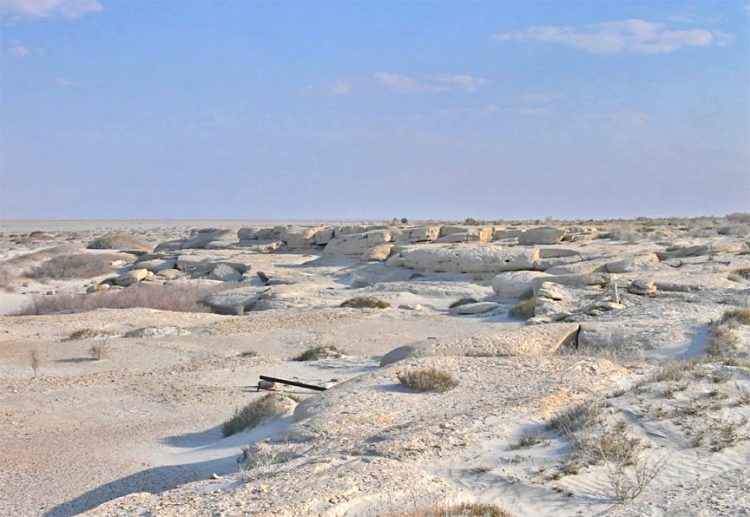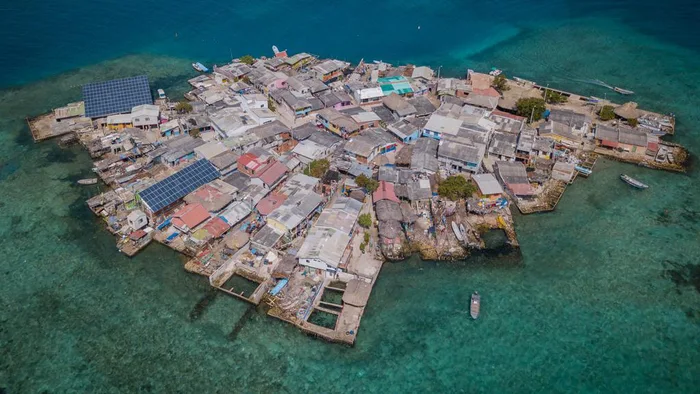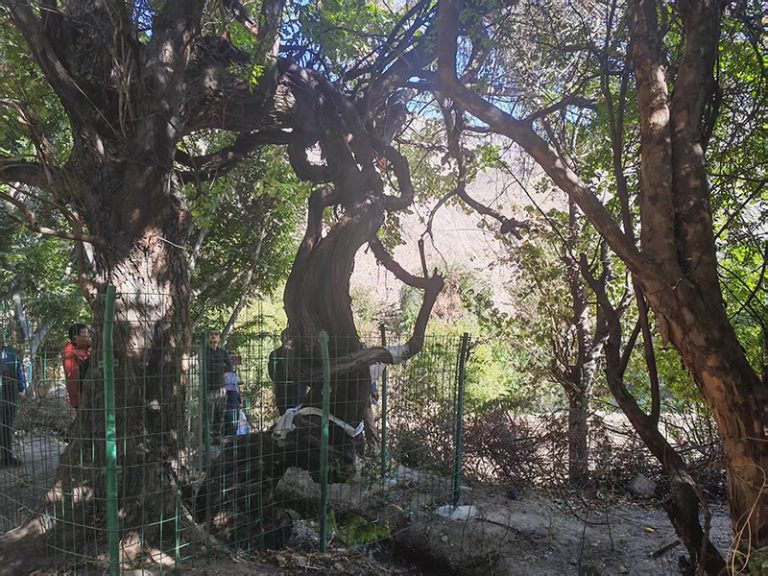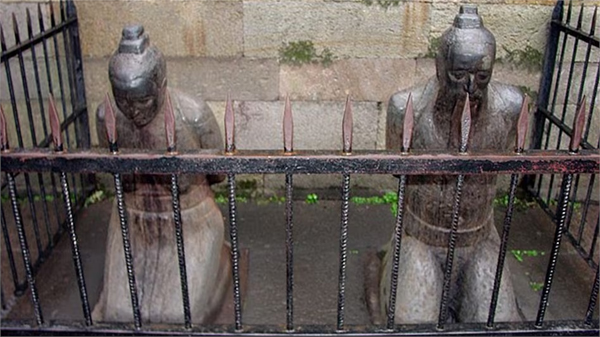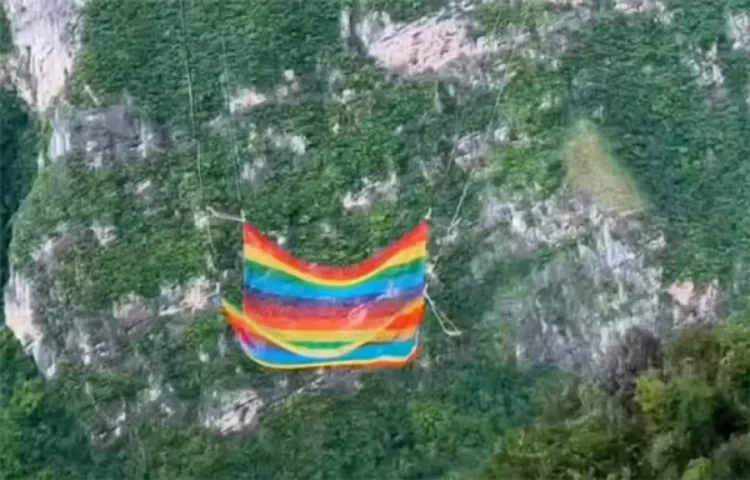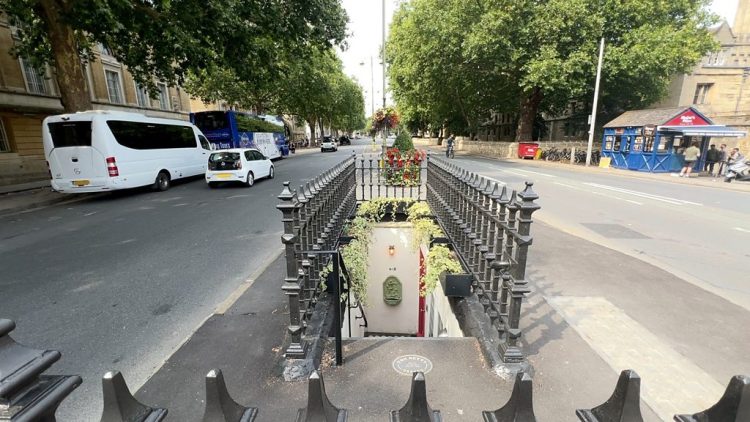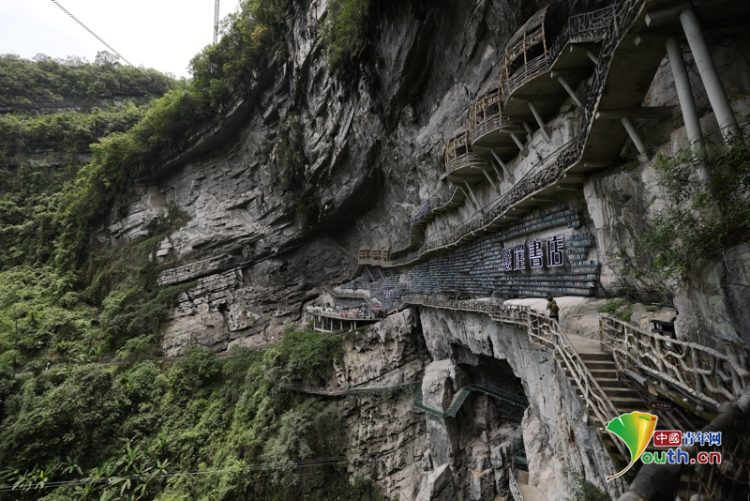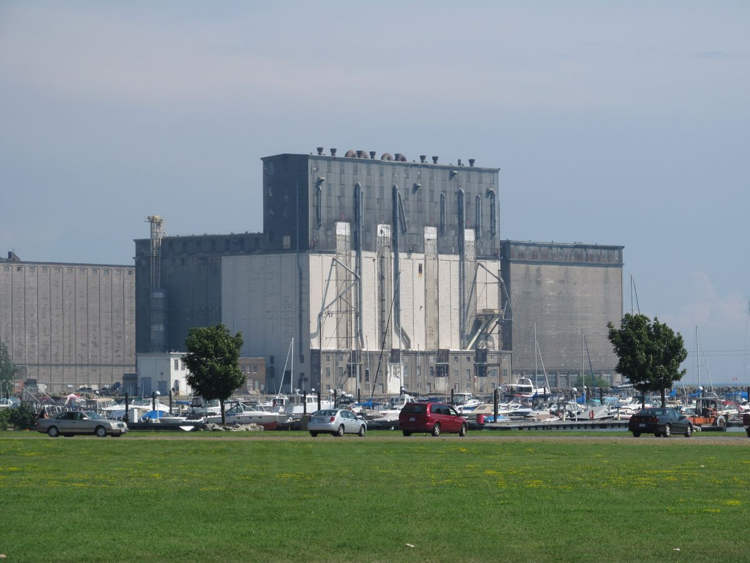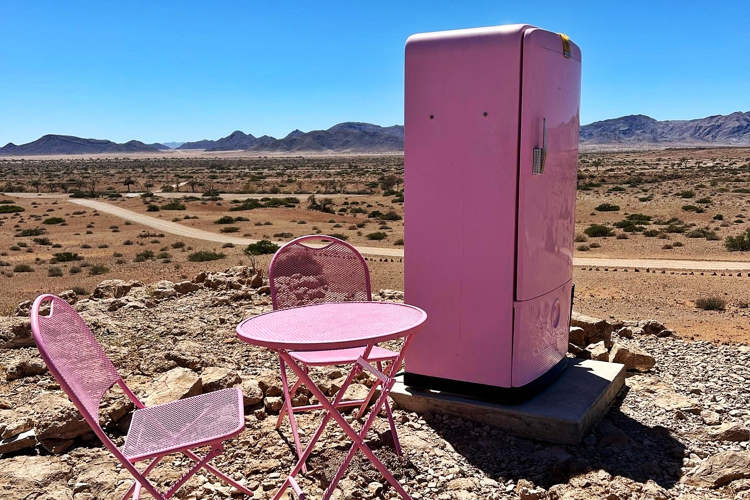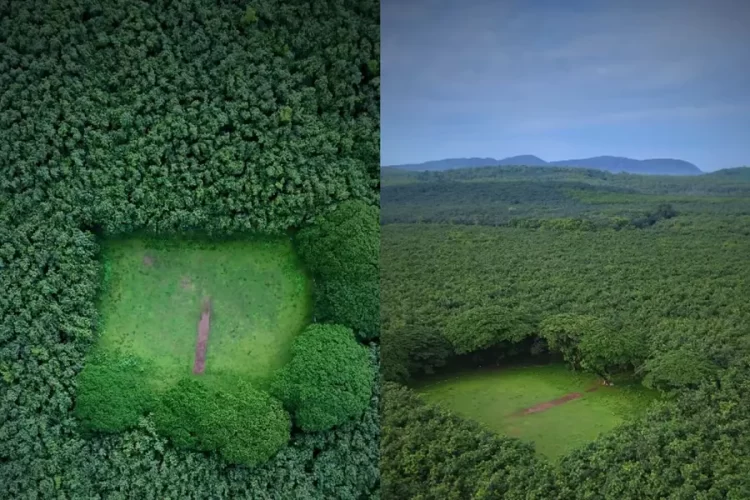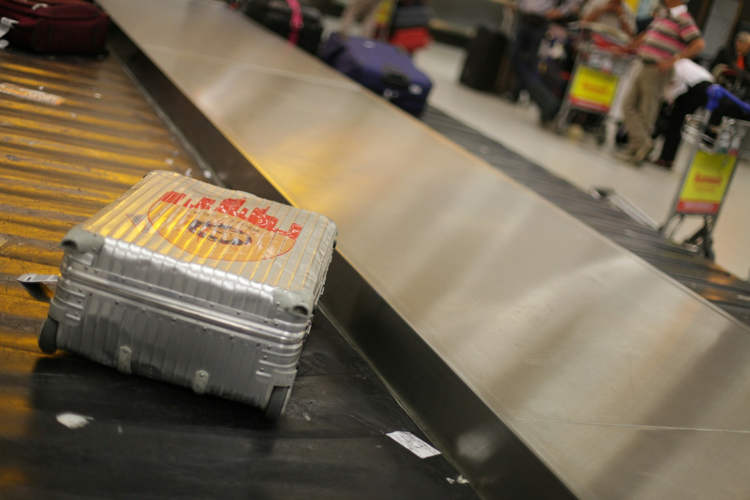Vozrozhdeniya was once an isolated island in the Aral Sea. Today, it’s a wasteland infused with tonnes of anthrax, as well as other exotic and deadly diseases.
The Aral Sea was once the fourth-largest sea on planet Earth, but after the rivers that fed it were diverted by the Soviets to irrigate cotton fields, its waters receded and today it is nothing but a salty-sand wasteland where temperatures frequently reach 60 degrees Celsius and signs of life are scarce to non-existent. But you know what’s worse than a salt-covered wasteland – a salt-covered wasteland infused with anthrax and a plethora of other exotic diseases that the Soviet Union experimented with for years. That’s what makes Vozrozhdeniya one of the deadliest places in the world.
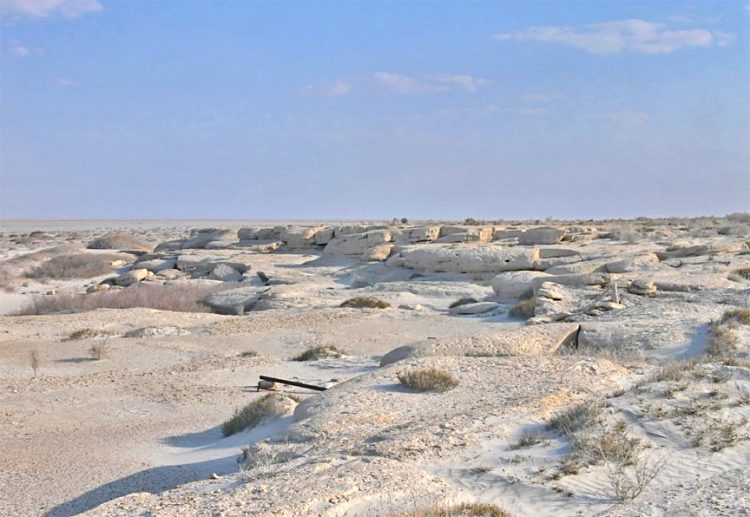
Back when the Aral Sea was still a body of water, Vozrozhdeniya was an isolated patch of land that the Soviets called Aralsk-7. It was so secluded that it wasn’t even known to man until the 19th century. It didn’t show up on Soviet maps, its existence was a secret to most of the population, so the chances of it being discovered by Western Intelligence were slim… It was the perfect place to experiment with some of the most controversial biological weapons imaginable.
For years, Aralsk-7 was part of a national biological weapons program and was used as a testing site for anthrax, smallpox and even the plague – yes, that plague – as well as diseases like tularemia, brucellosis, and typhus, all of which seeped into the sandy soil. So it’s really no surprise that, over the years, the island has been implicated in a number of sinister incidents.
In 1971, a young scientist fell ill after her research vessel went through a brownish haze close to the island. She was diagnosed with small pox, despite being vaccinated against the disease, and she ended up infecting nine other people, three of whom died. A year later the corpses of two missing fishermen were found floating in their boat near the island. They had apparently died of the plague…
Stories of locals drawing in nets full of dead fish abound in the area around Vozrozhdeniya, and in May of 1988, 50,000 saiga antelope which had been grazing on a nearby steppe famously dropped dead in about an hour, of mysterious causes. Its reputation is so notorious that ever since the former island – now 10 times its former size and connected to the mainland – was evacuated in the 1990s, only a handful of expeditions have been organized.
The mystery of the biological horrors that were once tested here keeps people at bay, as does the known fact that hundreds of tonnes of anthrax were just dumped here at one point. In 1988, the Soviets decided that playing with anthrax was a dangerous game, so some 100 to 200 tonnes of anthrax slurry were dumped in giant pits and forgotten.
The problem with anthrax is that its spores are notoriously hard to kill and can survive underground for hundreds of years. Being bathed in disinfectant and roasted at 180 degrees Celsius doesn’t seem to trouble the spores either. To make matters worse, the precise location of the pits was never disclosed, but, as luck would have it, they were so large that they were visible from space.
Fearing that the anthrax could end up in the hands of terrorists, the U.S. sent specialists to Vozrozhdeniya to do some tests, and when they found traces of anthrax, millions of dollars were pledged for a cleanup operation. Thousands of kilograms of powerful powdered bleach were used by crews wearing protective suits over several months, but in the end the spores were gone.
Only the cleanup operation didn’t really end the threat of Vozrozhdeniya. Experts claim that surely there is still anthrax in and around the dumping pits, not to mention the burial pits of infected animals, each holding hundreds of corpses, or the unmarked graves of human victims. This place is still very much a huge threat, one that should be avoided at all costs.
Luckily, Vozrozhdeniya is not the most accessible place in the world. You’d need someone to guide you there, and the people of the area know to stay away, so you’ll have some convincing to do.

